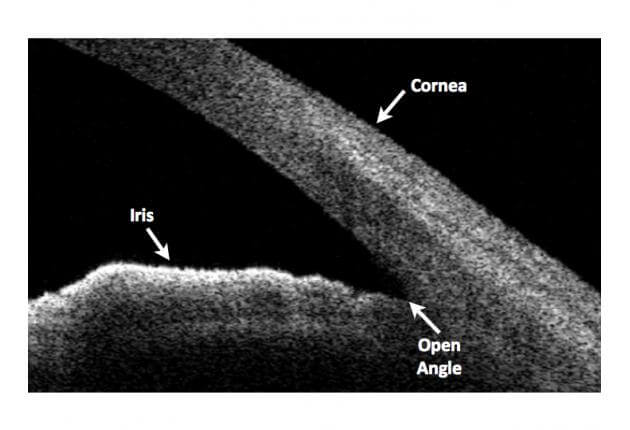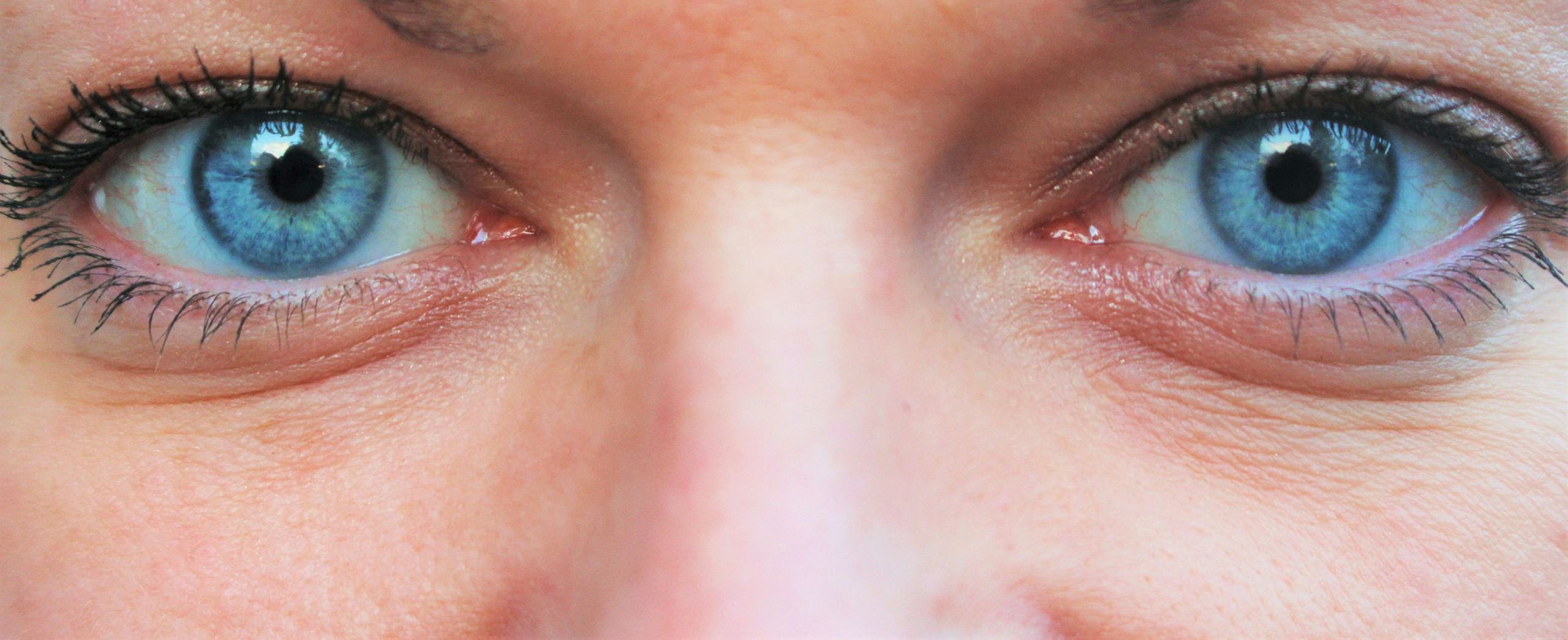The Most Common Type of Glaucoma
Primary Open-Angle Glaucoma (P.O.A.G.) is the most common form of glaucoma, affecting millions worldwide and accounting for around 90% of all glaucoma cases. Characterized by a gradual increase in intraocular pressure (IOP), open-angle glaucoma develops slowly over time, often without noticeable symptoms. This silent progression makes early detection crucial, as untreated open-angle glaucoma can lead to irreversible optic nerve damage and vision loss.
How Primary Open-Angle Glaucoma Develops
In a healthy eye, a fluid called aqueous humor flows freely between the anterior chamber and drainage angle, exiting through a network called the trabecular meshwork. In open-angle glaucoma, the drainage angle remains open, but the trabecular meshwork becomes less effective, causing fluid buildup and an increase in eye pressure. Over time, this pressure damages the optic nerve, which transmits visual information to the brain. Damage to the optic nerve results in peripheral vision loss, which can progress to complete blindness if untreated.

Symptoms of Open-Angle Glaucoma
Open-angle glaucoma often has no early symptoms, which is why it’s known as the “silent thief of sight.” By the time any symptoms appear, the nerve might already be damaged. As it progresses, peripheral vision gradually decreases, creating “tunnel vision” in advanced stages. Without regular eye exams, many people remain unaware of their condition until irreversible vision loss has occurred.
Risk Factors for Primary Open-Angle Glaucoma
Several factors increase the risk of developing open-angle glaucoma. Genetics play a significant role; individuals with a family history of glaucoma are more susceptible. Other risk factors include age (especially those over 60), high intraocular pressure, and certain medical conditions like diabetes and high blood pressure. People of African, Hispanic, and Asian descent are also at a higher risk.
Importance of Early Detection and Treatment
Since primary open-angle glaucoma progresses without symptoms, routine eye exams are essential for early detection. Eye care professionals can identify changes in intraocular pressure or optic nerve damage before vision loss occurs. Treatments, including eye drops, laser therapy, or surgery, help lower IOP and preserve vision. With early intervention, individuals with open-angle glaucoma can often manage the disease and maintain good vision throughout their lives.


